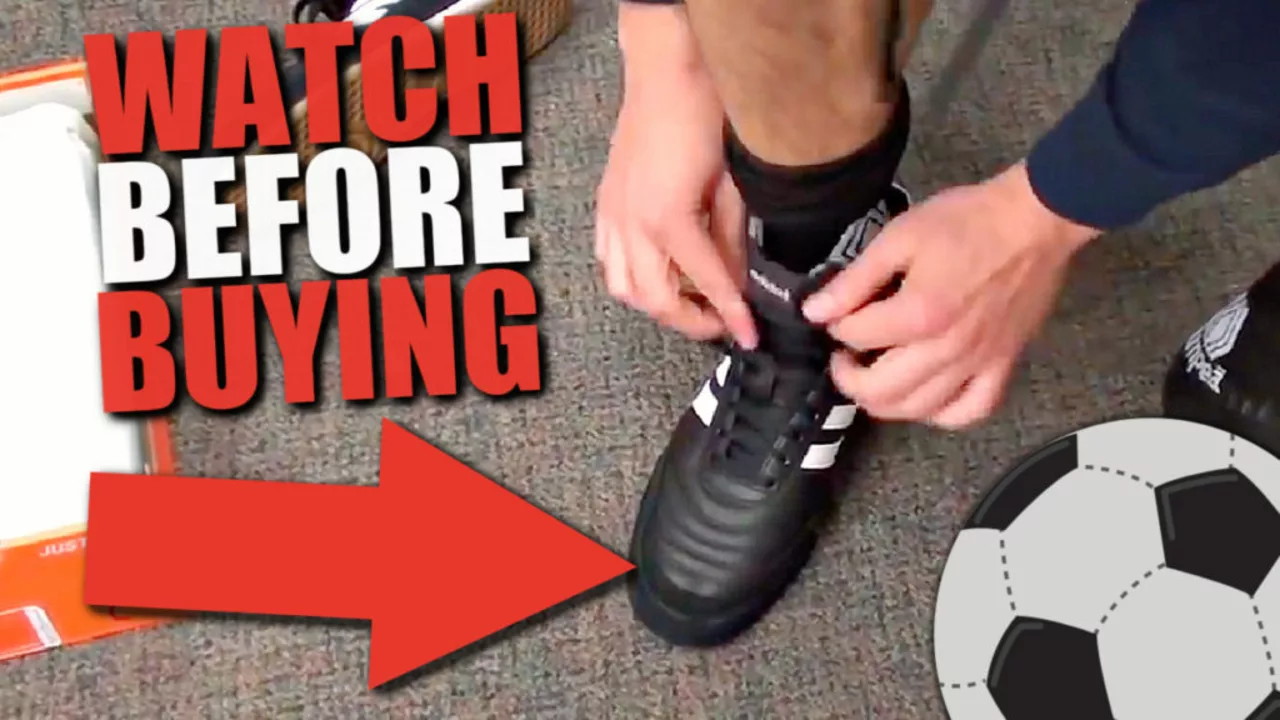Fit: Getting Game‑Ready with Soccer Fitness
When working with Fit, the condition of being physically prepared to meet sport and daily life demands. Also known as Fitness, it helps athletes deliver consistent effort, recover faster, and cut injury risk. In everyday language, being fit isn’t a mysterious concept—it’s simply the foundation that lets you chase a ball for 90 minutes without gasping for air.
Why Fit Matters in Soccer
Think of Soccer, the world’s most popular team sport played with a ball and two goals as a marathon of short bursts. Players sprint, jump, change direction, and clash for the ball. Each of those actions draws on a specific part of fitness: aerobic endurance for the whole match, anaerobic power for sprints, strength for duels, and flexibility to stay agile. When any of those pieces are weak, performance drops and the chance of a strain goes up. That’s why clubs treat fit as a non‑negotiable job description for every squad member.
Building that foundation starts with structured Training, planned workouts that target strength, speed, stamina, and mobility. A good routine mixes interval runs, resistance work, and sport‑specific drills. It also includes recovery sessions—mobility work, foam rolling, and proper sleep—because the body only adapts when it’s given time to rebuild. Coaches who ignore the balance often see players hit a performance plateau or succumb to overuse injuries.
Technology now makes tracking fit easier than ever. Wearables record heart rate zones, distance covered, and even muscle oxygen levels. This Performance Tracking, the collection and analysis of biometric data to guide training decisions lets coaches fine‑tune load, spot fatigue early, and personalize programs. For a player, seeing concrete numbers—like a 5% increase in VO2 max—turns vague effort into measurable progress.
What does all this mean for you, whether you’re a youth player, a weekend warrior, or a coach planning a session? First, recognize that fit is not a one‑off checklist; it’s an evolving state that needs regular attention. Second, blend on‑field drills with off‑field conditioning—don’t rely on match play alone to stay in shape. Third, use simple tools (a phone app or a basic heart‑rate monitor) to keep an eye on your workload. By treating fit as a daily habit, you’ll notice sharper sprints, cleaner ball control, and longer endurance during games.
Boost your fit level with the actionable tips below, and you’ll see how a solid fitness base translates into better decisions on the pitch, quicker recoveries after tackles, and more confidence when you’re asked to lead an attack. Below you’ll find a mix of stories, how‑tos, and expert insights that cover everything from recording matches for analysis to choosing the right fantasy soccer lineup, all tied together by the common thread of staying fit for the beautiful game.
- By Colton Westwood
- /
- 31 Mar 2023
How should soccer cleats fit?
Soccer cleats should fit snugly, not too tight and not too loose. The cleats should fit like a glove and wrap around the entire foot, supporting the arch, heel and toes. The heel should fit snugly and not slide up and down, while the toe area should be slightly roomy to allow for natural toe splay. The lacing should be tightened to the point of snugness without restricting circulation or movement. Finally, the cleats should be comfortable to wear for long periods of time, as soccer games can last for up to 90 minutes.



